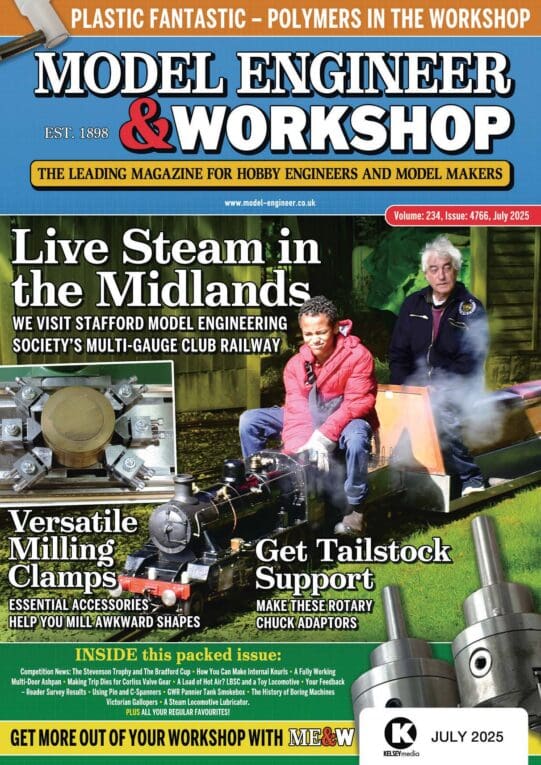<p style=”text-align: left;”>I know almost nothing about football[ers], and only a little about Lamborghinis, but given the current forum interest in tyres and speeding, I think it worth sharing this</p>
Knowing a lot about something will trust the physical evidence from the scene, tyre marks, gouge marks, debris etc will be far more accurate than human witness evidence.
An eye witness is often presented by the prosecution as the best evidence. Then taken to pieces by the defence to throw their impeccable memory into deep doubt.
Humans often add two and two to come up with six. It’s in our nature to surmise and guess at gaps in our perception or knowledge. For example, a person reports hearing a loud screeching of tyres. He hears a loud thump and turns to see a body lying in the road in front of a stationary car. His brain goes to work, putting together the jigsaw puzzle of sound and vision to arrive at a satisfactory explanation. Clearly the car has braked heavily but was going too fast to avoid hitting the pedestrian. Driver error pure and simple. In fact, the pedestrian was a suicidal person who jumped from a footway bridge over the road. The driver braked when his body hit the road immediately in front of him and was able to stop before striking the body.
Far fetched? Not really, I have experience of two such incidents in my career. People try to make sense of incomplete information, often with the best of intentions.
Add to that the fragility of human memory and our eye witness becomes even more unreliable. Memory is not a video recording, it is subject to modification and complete change from its very perception until it is recorded by the police, or in this case the press. How often have you seen an incident only to start questioning yourself a out detail. And when you hear another point of view about the same, incident you will modify and over write the original memory, deleting it from your mind and leaving the adulterated version behind. This process continues with every conversation or news bulletin until you give your statement. When the ever helpful plod will further degrade your recollection by questioning in a biased way “so the vehicke was goi g very quickly then?” A statement not a question, bound to influence the witness.
Finally the truck driver is saying the car was not speeding. We have to question his motives in stating this and his proximity to the incident. He could be attention seeking, many people do when there is a big story to play a bit part in. He could have been overtaken some distance before the crash, allowing the Lamborghini to accelerate quickly to an unsafe speed.
Let the facts and physics do their bit. I worked on a fatal enquiry in that very area of Northern Spain, reviewing the Spanish police report on behalf of the UK coroner. I found their, scene examinations, methods, and conclusions very sound indeed, certainly well on par with any contemporary investigation.
As an aside a similar request for help was received from the Gibraltar police who asked if we could commment on a series of tyre marks on a section of carriageway.
Obviously with a nice paid for jolly to a sunny destination on the cards we replied that examining the physical marks was essential to be accurate. Sun cream and passport at the ready we awaited arrival of airline tickets.
A parcel indeed arrived from Gibraltar, slightly larger than we anticipated.
The entire section of road surface, complete with skid marks, had been cut out and lifted onto a semitrailer and was sitting in our car park. Maybe we should have been clearer in our communications.
Howard Lewis.




